Home>Gardening & Outdoor>Landscaping Ideas>Why Does My Dog’s Pee Turn The Grass Yellow
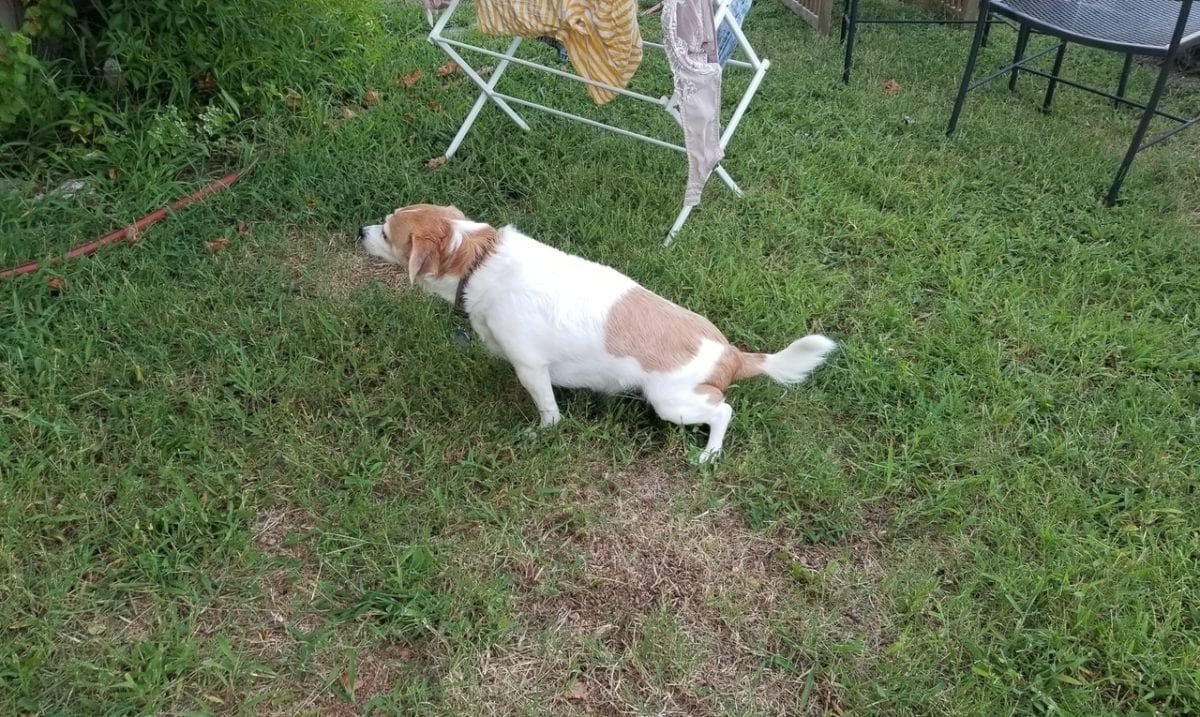

Landscaping Ideas
Why Does My Dog’s Pee Turn The Grass Yellow
Modified: February 18, 2024
Discover effective landscaping ideas to prevent your dog's pee from turning your grass yellow. Learn how to maintain a lush, green lawn.
(Many of the links in this article redirect to a specific reviewed product. Your purchase of these products through affiliate links helps to generate commission for Storables.com, at no extra cost. Learn more)
**
Introduction
**
Dog owners often find themselves puzzled when they notice yellow spots on their lush green lawns. While these spots might seem like a mystery at first, the explanation lies in a common, everyday occurrence: your furry friend's pee. Understanding why dog urine turns grass yellow and how to prevent this natural phenomenon can help pet owners maintain a beautiful yard without compromising their pet's health or freedom. In this article, we'll delve into the science behind this occurrence, explore the factors at play, and provide practical tips for preserving your lawn's vibrancy while ensuring your dog's well-being. Let's embark on this insightful journey to unravel the mystery of why your dog's pee turns the grass yellow.
Key Takeaways:
- Dog urine contains concentrated nitrogen that can “burn” the grass, leading to yellow spots. Encouraging hydration, adjusting diet, and prompt watering can help prevent this and maintain a vibrant lawn.
- Creating a designated bathroom area for your dog and seeking professional lawn care guidance can minimize the impact of dog urine on the grass, ensuring a beautiful yard and a happy, healthy pet.
Read more: Why Is My Dogs Pee Killing My Grass
Understanding Dog Urine
Before delving into the reasons behind the yellowing of grass due to dog urine, it's essential to understand the composition of canine urine. Dog urine is a waste product excreted by the body to eliminate toxins and maintain a healthy internal balance. It primarily consists of water, urea, uric acid, ammonia, and other waste byproducts. The concentration of these components can vary based on factors such as hydration levels, diet, and individual health conditions.
Unlike humans, dogs release urine in concentrated bursts, creating localized areas of impact. When a dog urinates on the grass, the urine seeps into the soil, carrying with it a potent blend of nitrogenous compounds. While nitrogen is an essential nutrient for plant growth, excessive amounts can lead to adverse effects, particularly when deposited in concentrated doses.
Additionally, the pH level of dog urine tends to be slightly acidic, which can further contribute to its impact on the grass. Understanding these fundamental aspects of dog urine sets the stage for comprehending why it can result in yellow patches on your lawn.
**
Why Does Dog Urine Turn Grass Yellow?
**
When dog urine comes into contact with the grass, it introduces a concentrated dose of nitrogen and other compounds to a specific area. While nitrogen is a vital component of fertilizers and supports healthy plant growth when appropriately applied, excessive amounts can have the opposite effect.
The high nitrogen content in dog urine essentially “burns” the grass, leading to the development of yellow or brown spots. This process, known as “lawn burn,” occurs due to the following reasons:
- The Concentrated Nature of Dog Urine: Dogs typically release smaller, more concentrated amounts of urine at specific spots, resulting in localized exposure to high levels of nitrogen and other compounds. This concentrated application overwhelms the grass and disrupts its natural growth patterns, leading to discoloration and damage.
- Ammonia Content: Dog urine contains ammonia, which further contributes to the yellowing of grass. When ammonia breaks down in the soil, it transforms into compounds that can alter the pH level and impact the grass’s ability to absorb essential nutrients, exacerbating the damage caused by the concentrated nitrogen.
- Acidic pH Levels: The slightly acidic nature of dog urine can create an inhospitable environment for grass, especially when repeatedly deposited in the same area. This acidity can disrupt the soil’s natural balance, hindering the grass’s ability to thrive and resulting in unsightly yellow patches.
These combined factors create the perfect storm for lawn burn, leading to the emergence of yellow spots in your otherwise verdant lawn. Understanding the science behind this process is crucial for implementing effective strategies to mitigate its effects and preserve the beauty of your outdoor space.
To prevent your dog’s pee from turning the grass yellow, try watering the area after they go to dilute the urine. You can also feed them a diet with low nitrogen levels to reduce the effect on the grass.
Preventing Yellow Spots on the Grass
While it’s natural for dogs to urinate outdoors, there are several proactive measures that pet owners can take to minimize the occurrence of yellow spots on their grass. By implementing these strategies, you can maintain a vibrant lawn while ensuring your canine companion’s well-being:
- Hydration and Diet: Ensuring that your dog remains adequately hydrated can help dilute the urine, reducing its nitrogen concentration and mitigating its impact on the grass. Additionally, consulting with a veterinarian to optimize your dog’s diet can lead to urine with a more balanced pH level, potentially minimizing the risk of lawn burn.
- Encouraging Adequate Urination: Encouraging your dog to urinate in multiple areas of the yard can help distribute the impact of the urine, preventing concentrated exposure and minimizing the likelihood of yellow spots.
- Prompt Watering: Immediately watering the areas where your dog urinates can help dilute the urine and disperse its nitrogen content, reducing the risk of lawn burn. This simple yet effective practice can significantly mitigate the impact on your grass.
- Designated Bathroom Area: Creating a designated bathroom area for your dog, such as a gravel or mulch patch, can offer an alternative surface that is less susceptible to urine-related damage. Training your dog to use this specific area can help preserve the rest of your lawn.
- Supplements and Additives: Certain supplements and additives are available in the market that claim to modify the composition of dog urine, potentially reducing its impact on the grass. Consult with a veterinarian to explore these options and determine their suitability for your pet.
- Professional Lawn Care: Seeking guidance from professional landscapers or lawn care specialists can provide tailored solutions for maintaining a healthy lawn in the presence of pets. These experts can offer insights into effective lawn care practices and products designed to counteract the effects of dog urine.
By incorporating these preventive measures into your routine, you can effectively address the challenge of yellow spots on the grass while fostering a thriving outdoor environment for both your dog and your family to enjoy.
Conclusion
Understanding why dog urine turns grass yellow is a crucial aspect of responsible pet ownership and landscape maintenance. By recognizing the factors at play and their implications, pet owners can take proactive steps to minimize the impact of dog urine on their lawns while prioritizing their furry friend’s well-being.
From the concentrated nitrogen content to the acidic nature of dog urine, various elements contribute to the development of yellow spots on the grass. However, through strategic interventions such as promoting hydration, adjusting diet, and implementing designated bathroom areas, pet owners can effectively mitigate the risk of lawn burn and preserve the beauty of their outdoor spaces.
It’s important to approach this issue with a balanced perspective, considering both the needs of your lawn and the natural behaviors of your dog. By striking this equilibrium, you can create an environment where your dog can roam freely while safeguarding the vibrancy of your lawn.
Ultimately, the coexistence of pets and pristine landscapes is achievable through informed decision-making and proactive measures. By leveraging the insights shared in this article, pet owners can embark on a journey toward maintaining a flourishing lawn while nurturing a harmonious bond with their beloved canine companions.
Frequently Asked Questions about Why Does My Dog's Pee Turn The Grass Yellow
Was this page helpful?
At Storables.com, we guarantee accurate and reliable information. Our content, validated by Expert Board Contributors, is crafted following stringent Editorial Policies. We're committed to providing you with well-researched, expert-backed insights for all your informational needs.
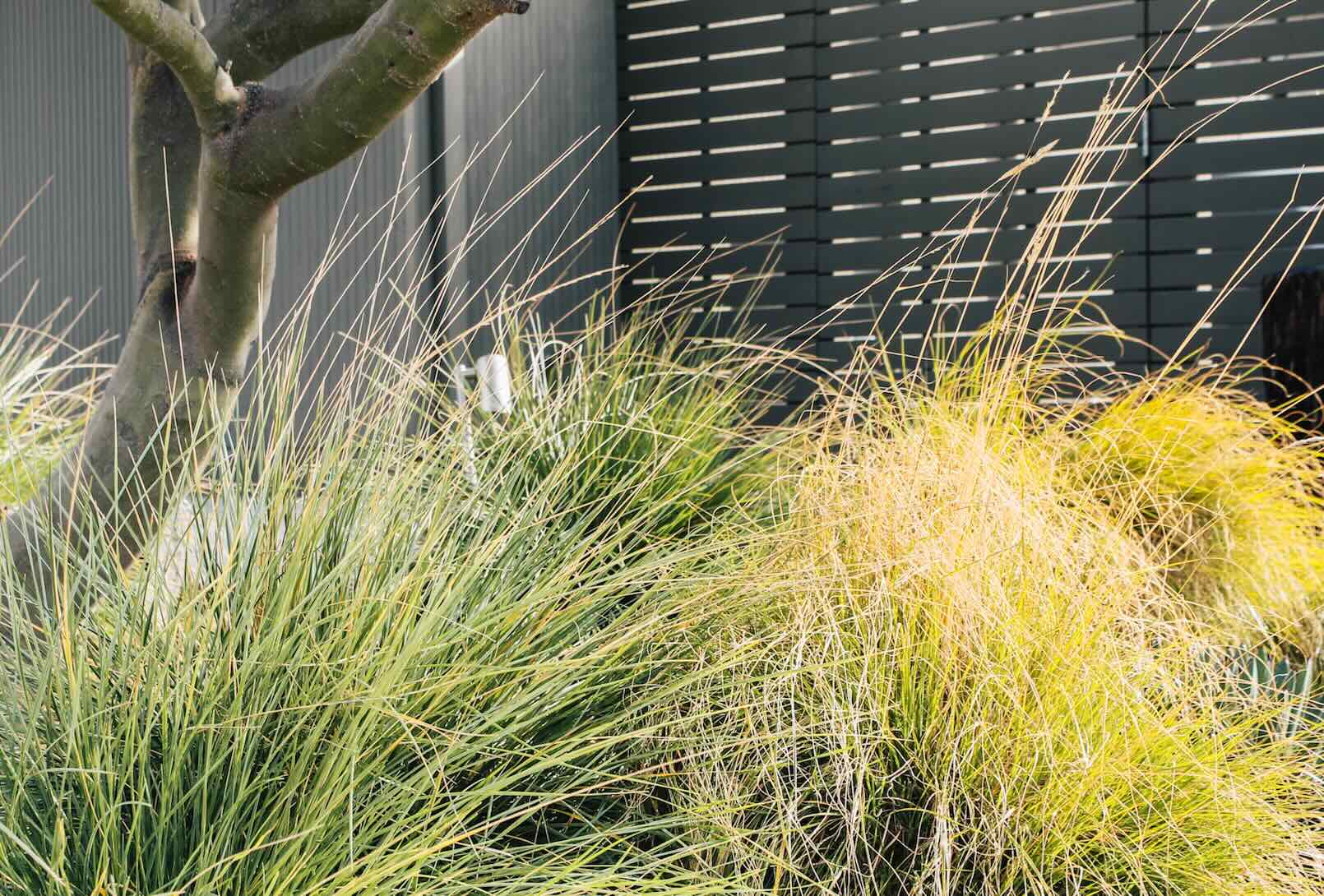
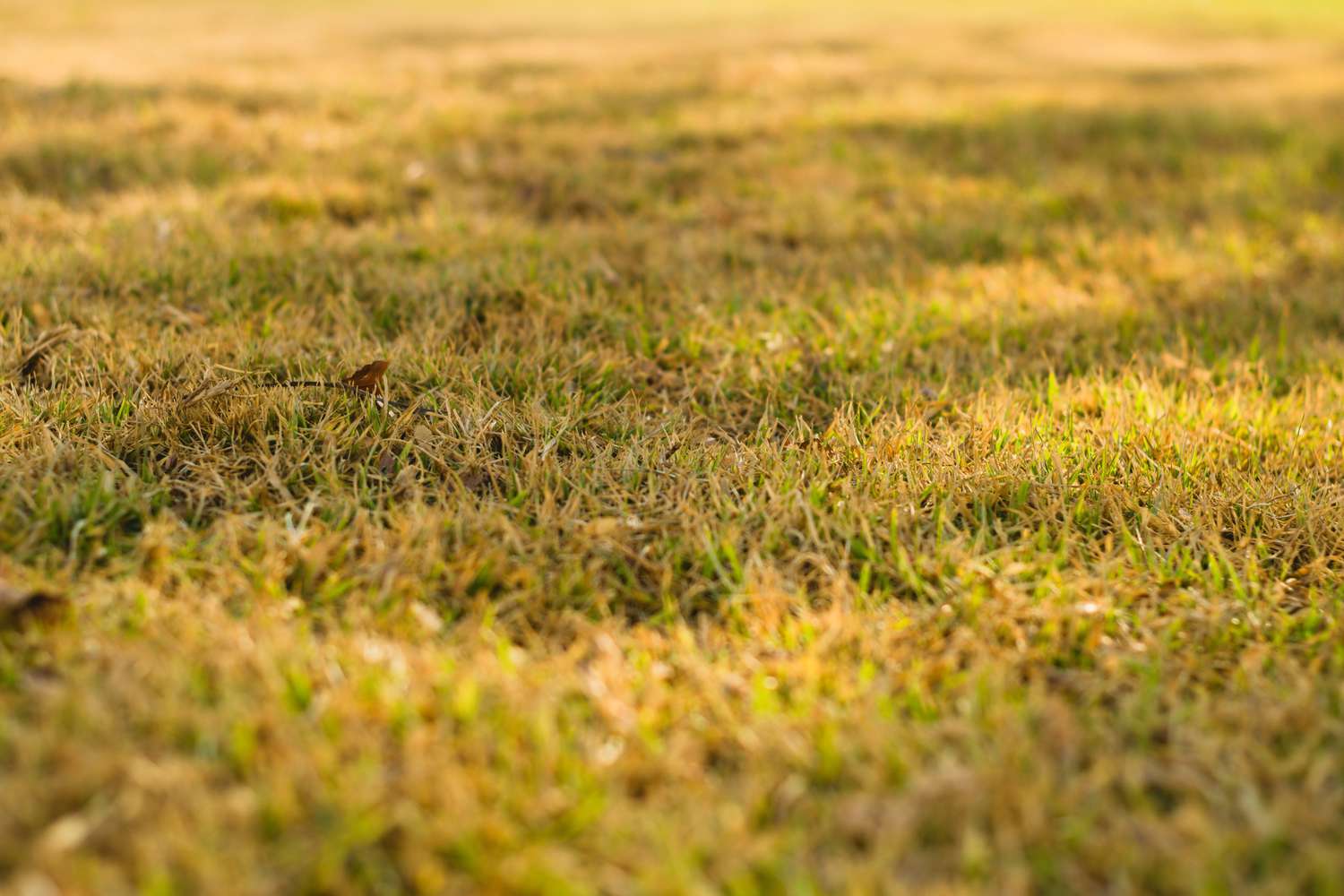
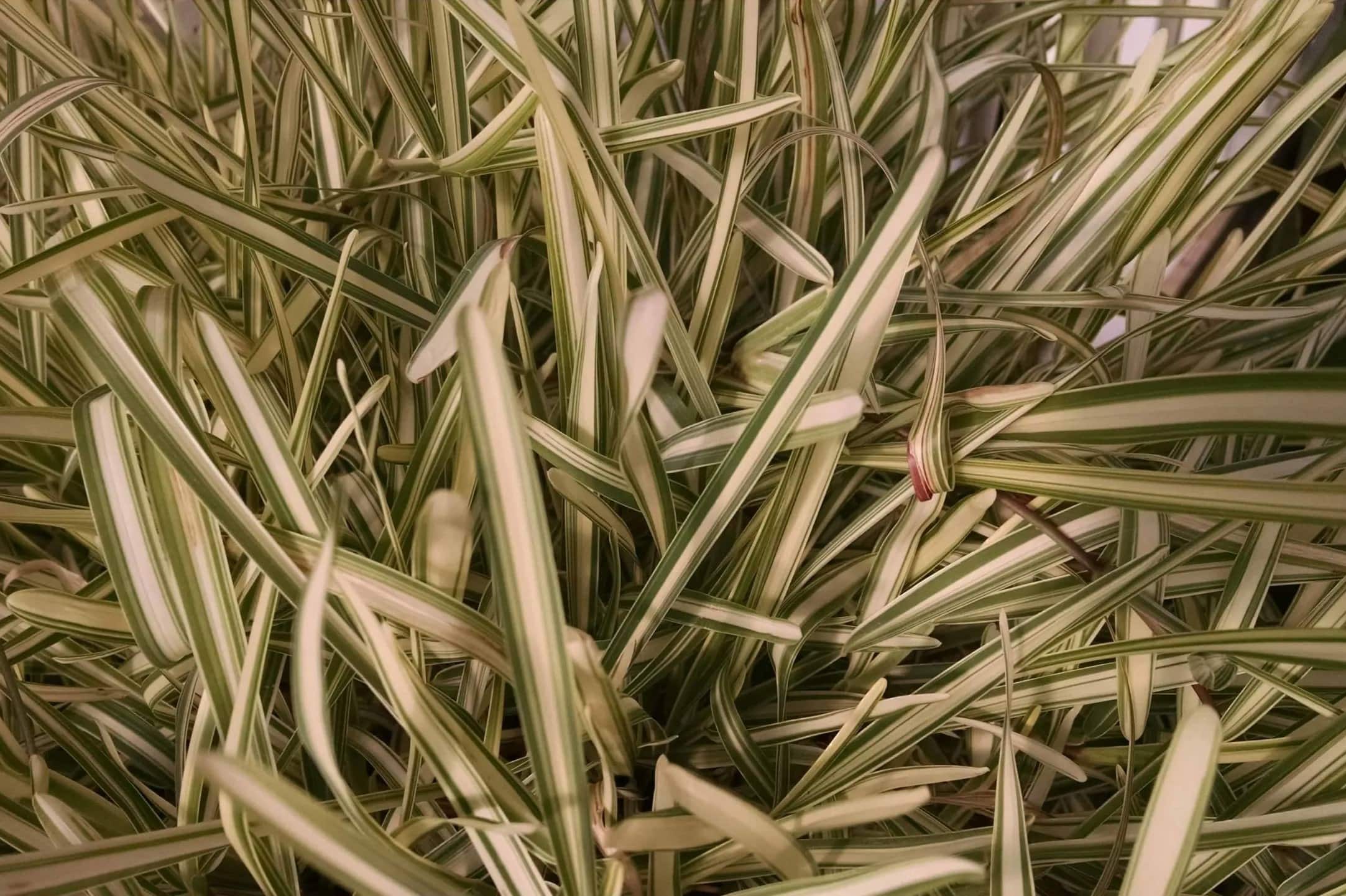
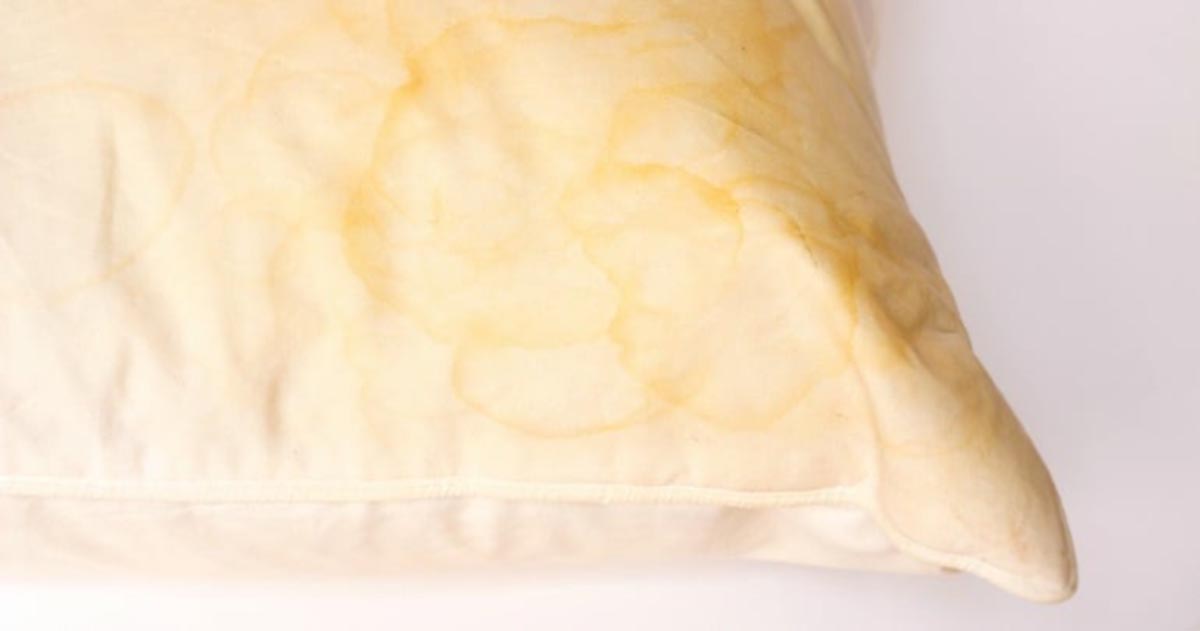
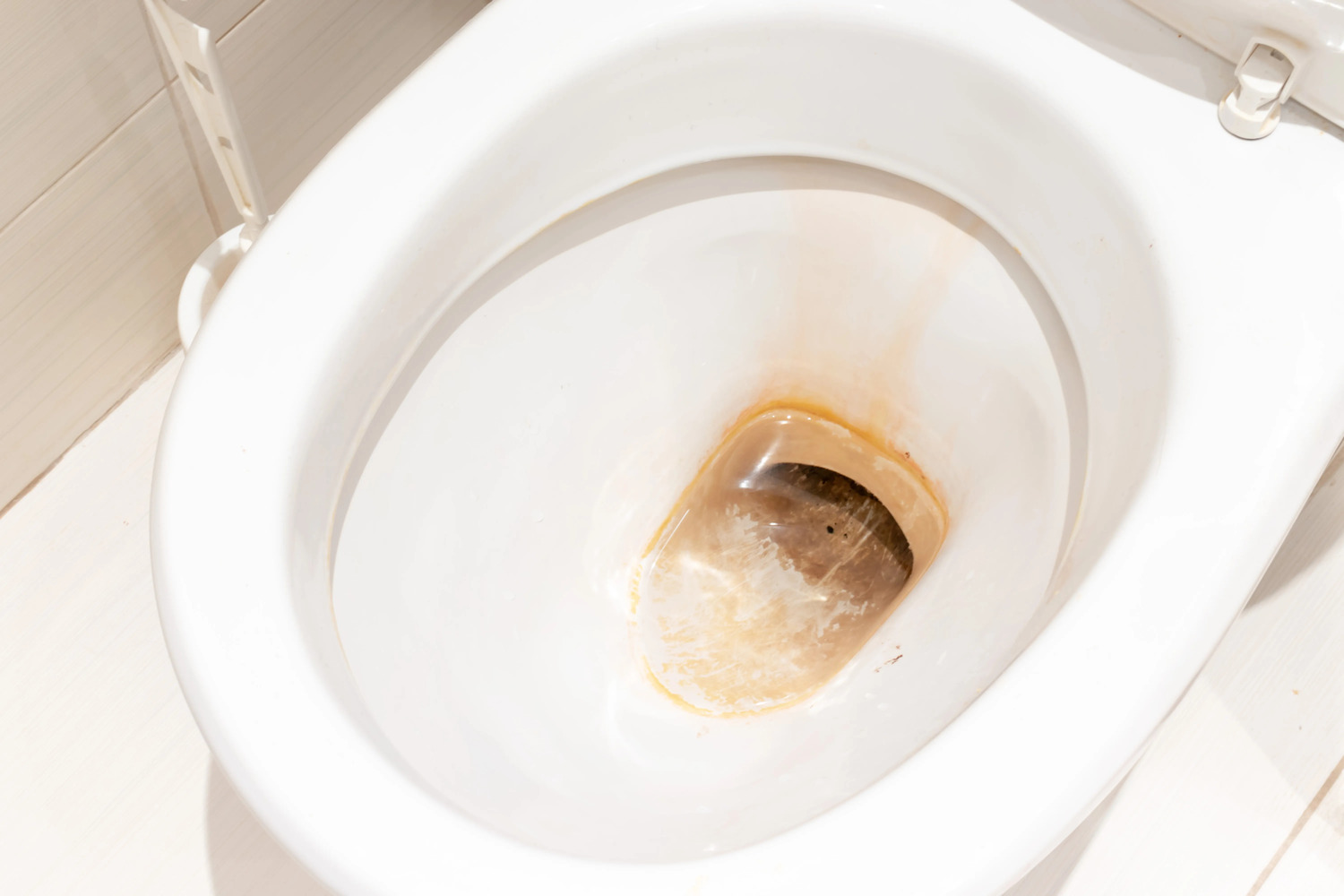
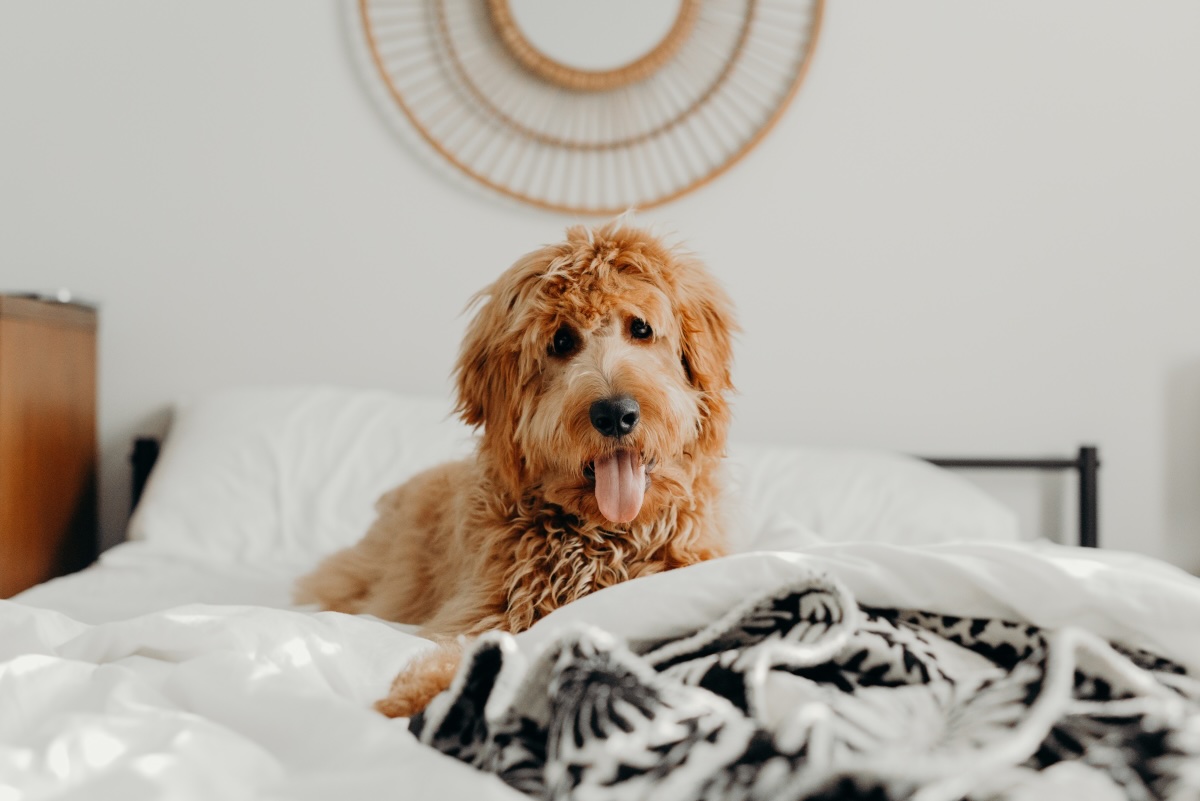
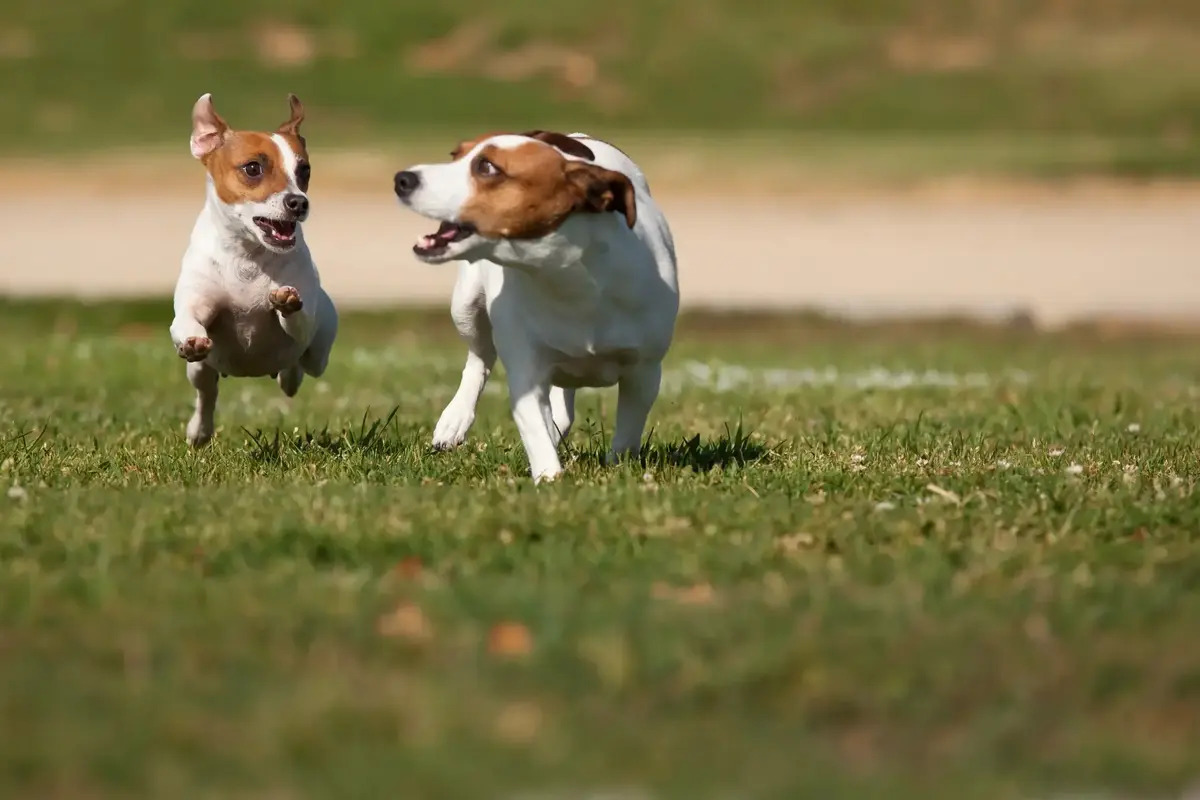
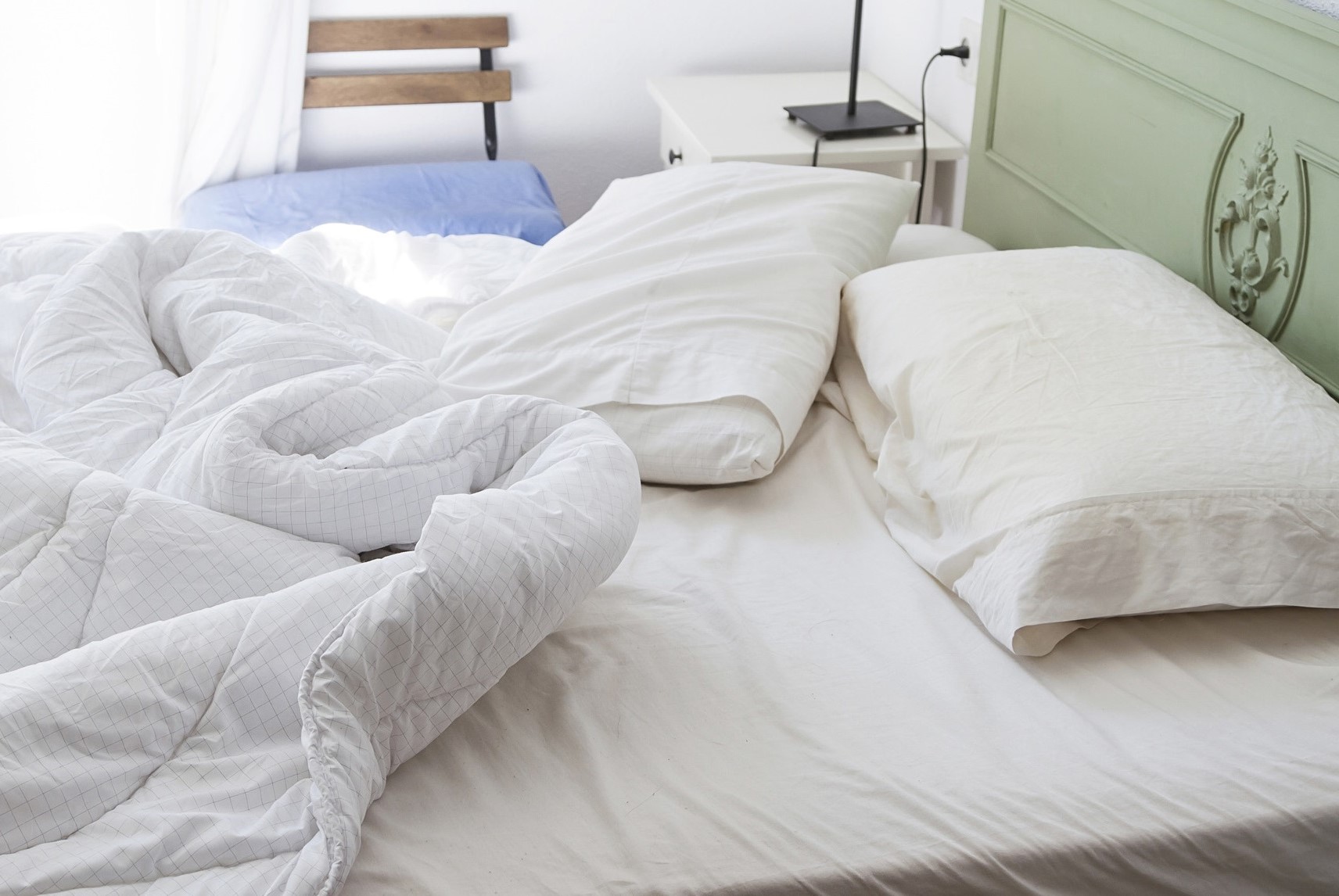

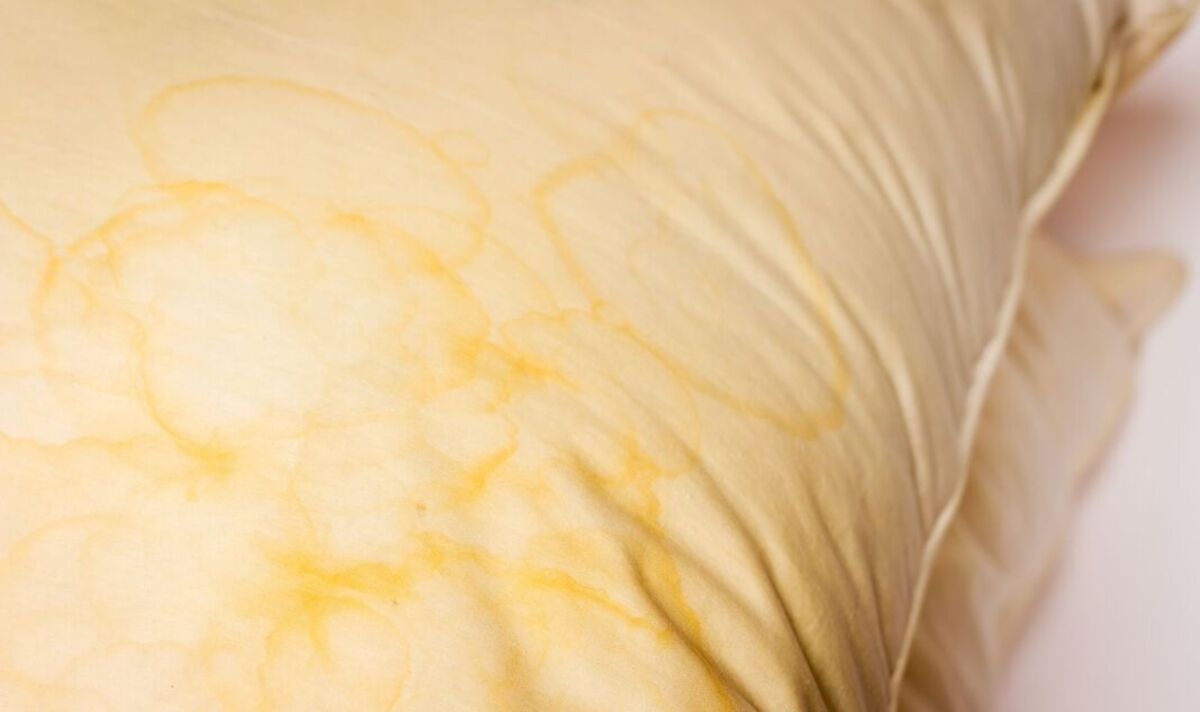
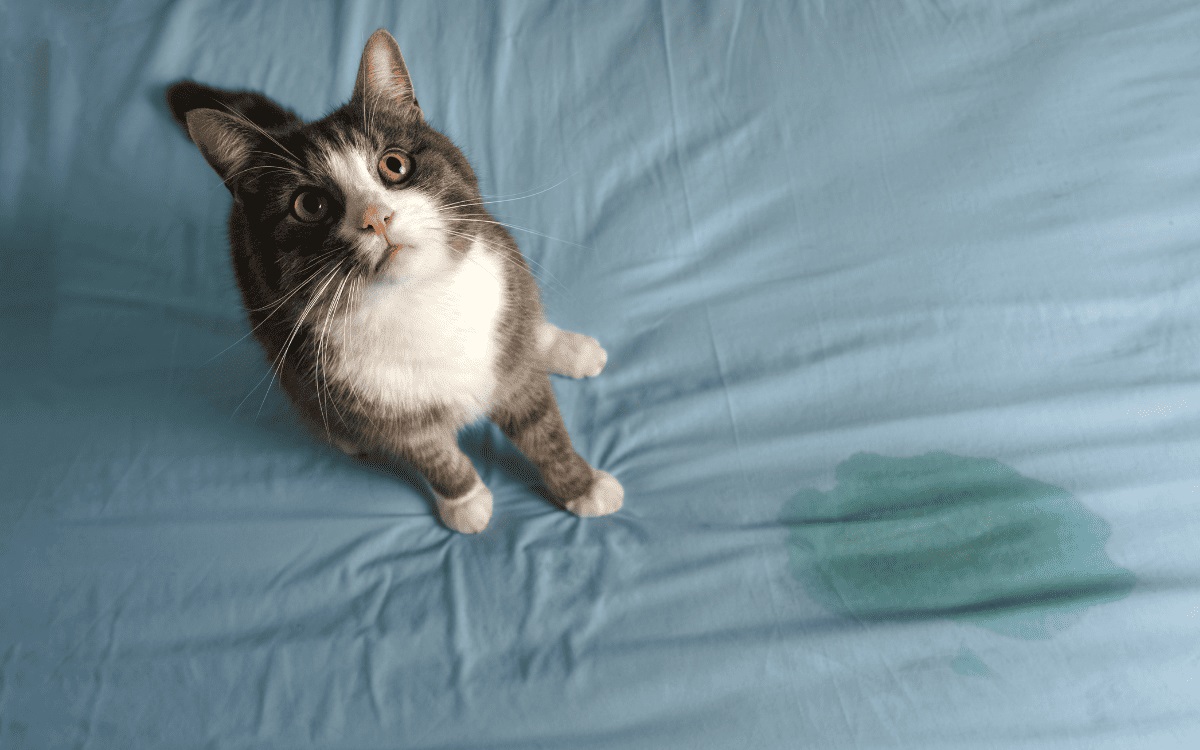
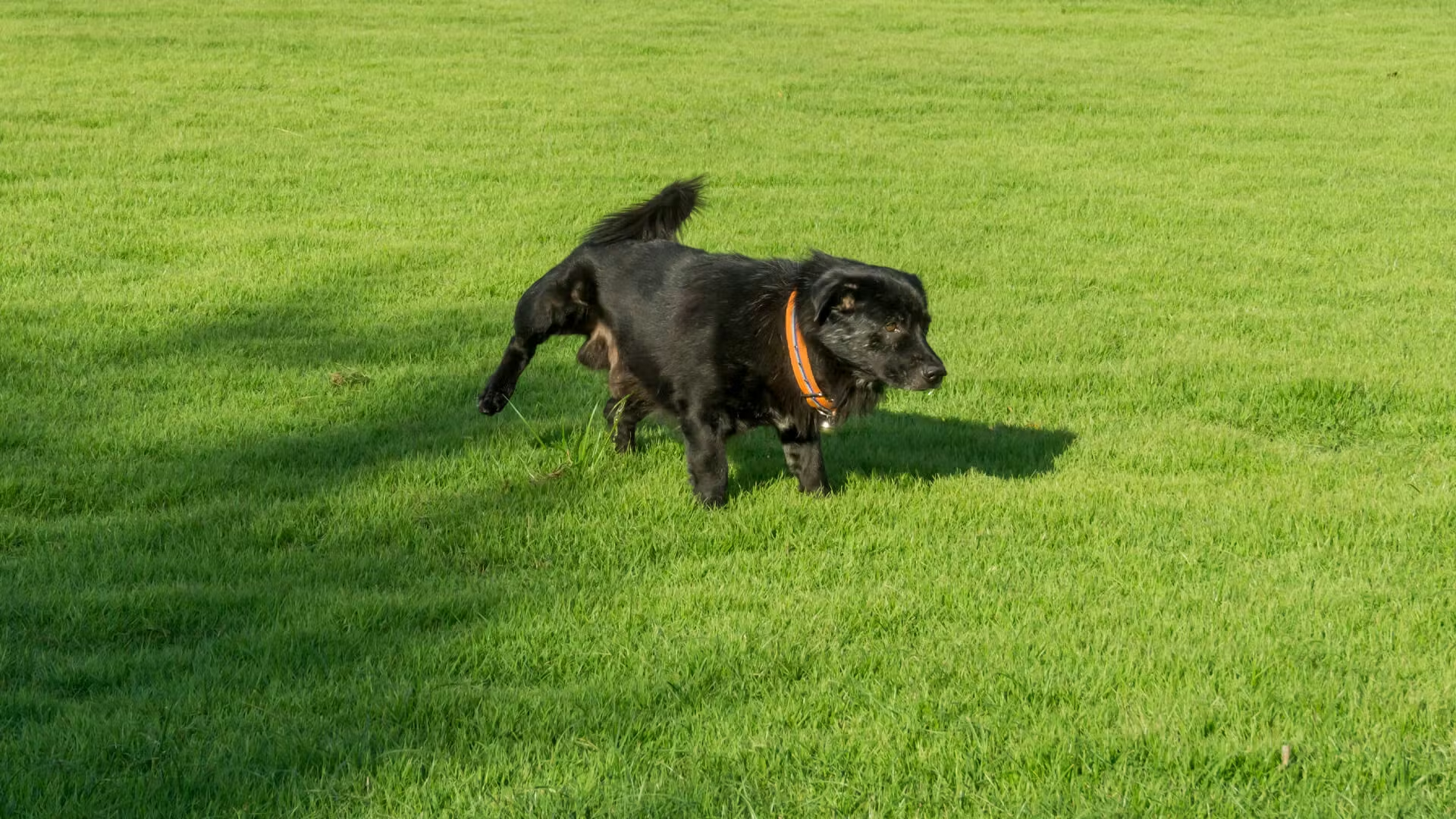
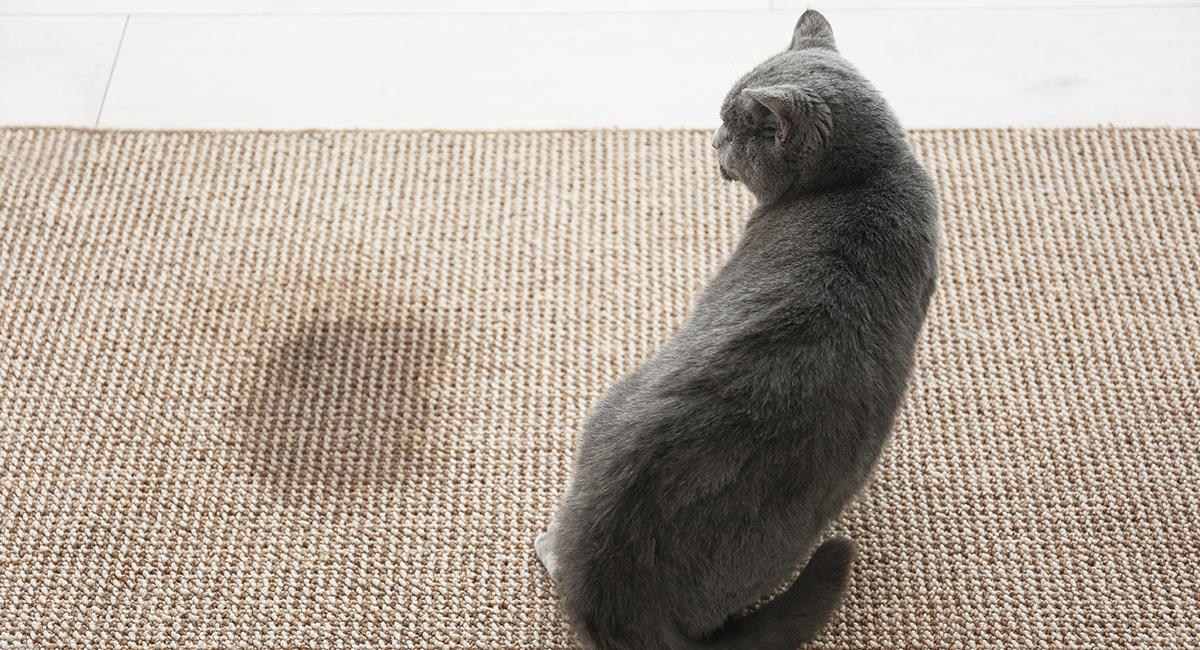
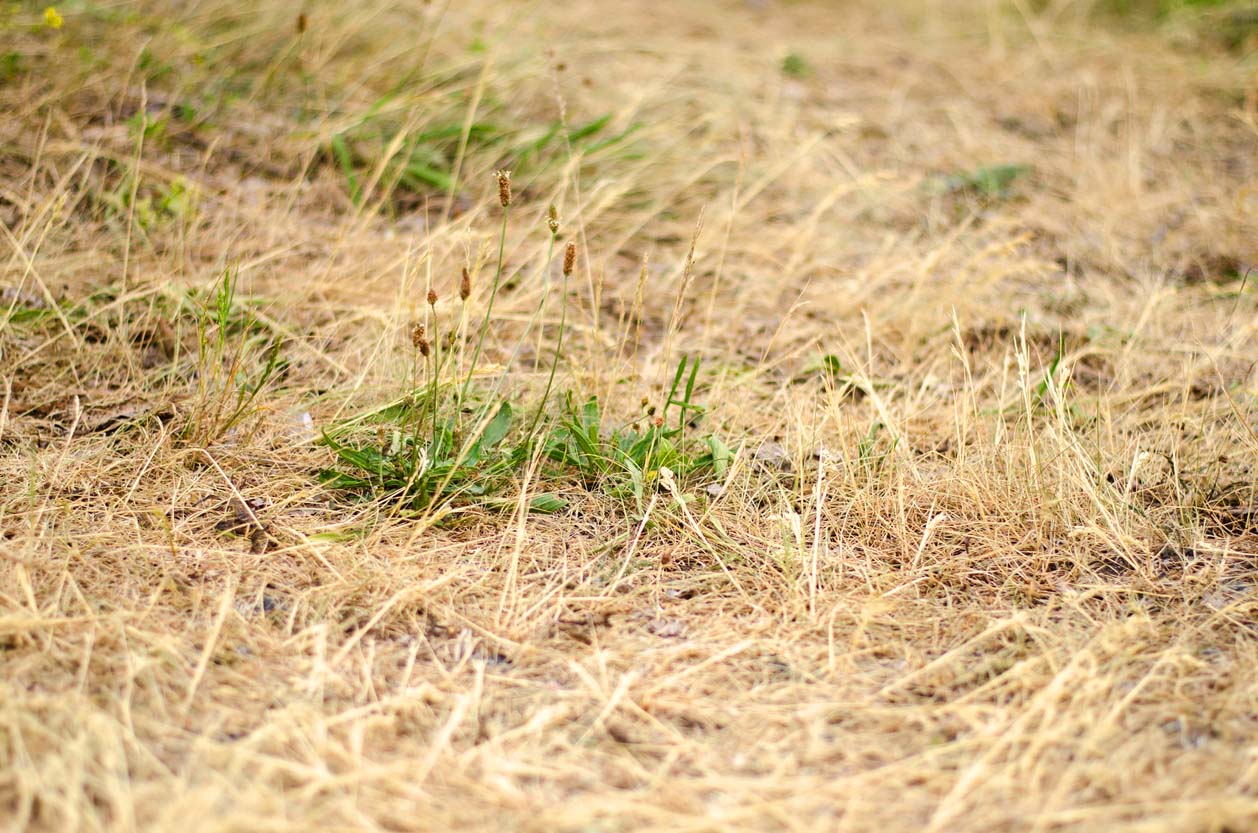
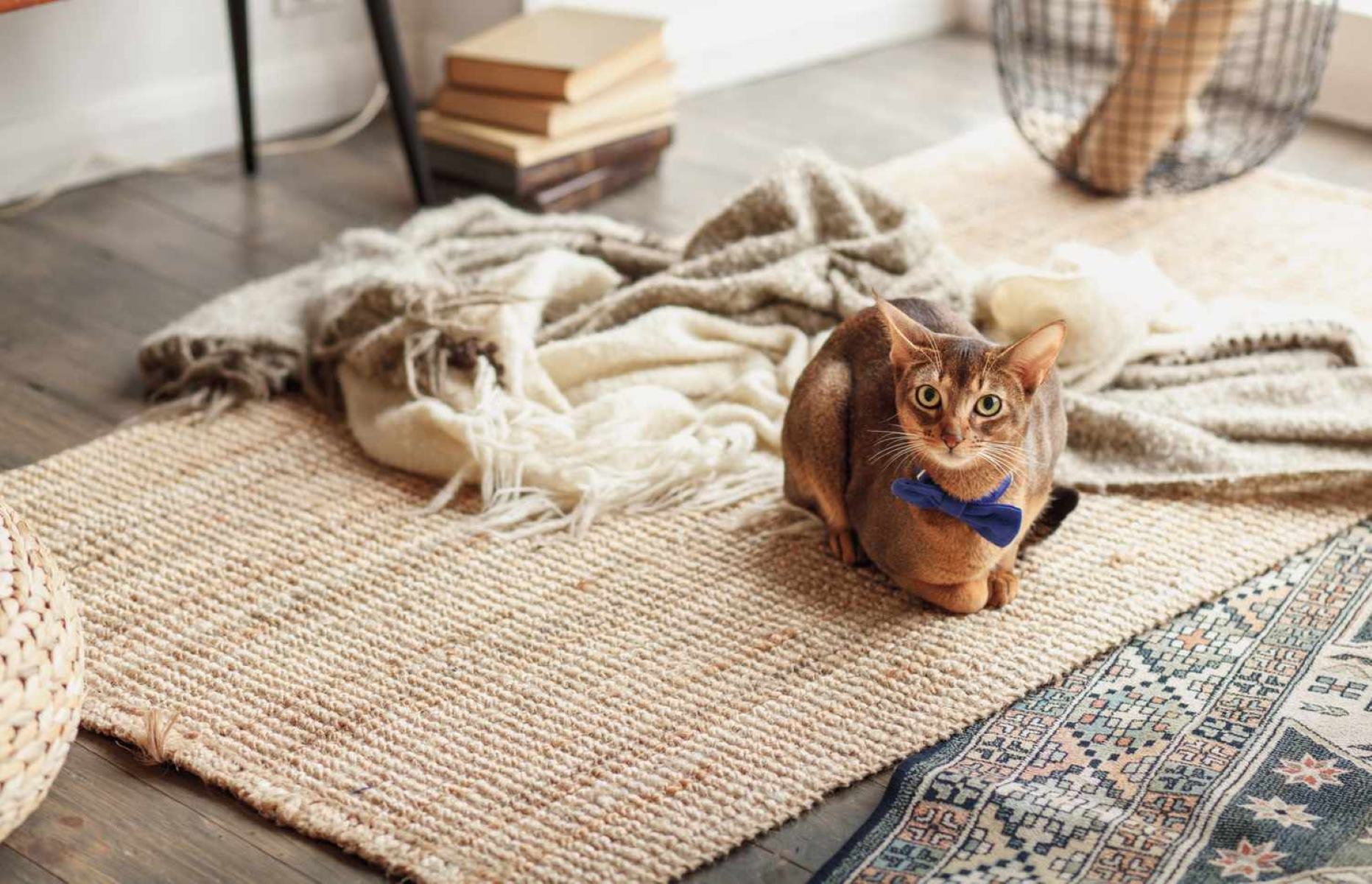

0 thoughts on “Why Does My Dog’s Pee Turn The Grass Yellow”